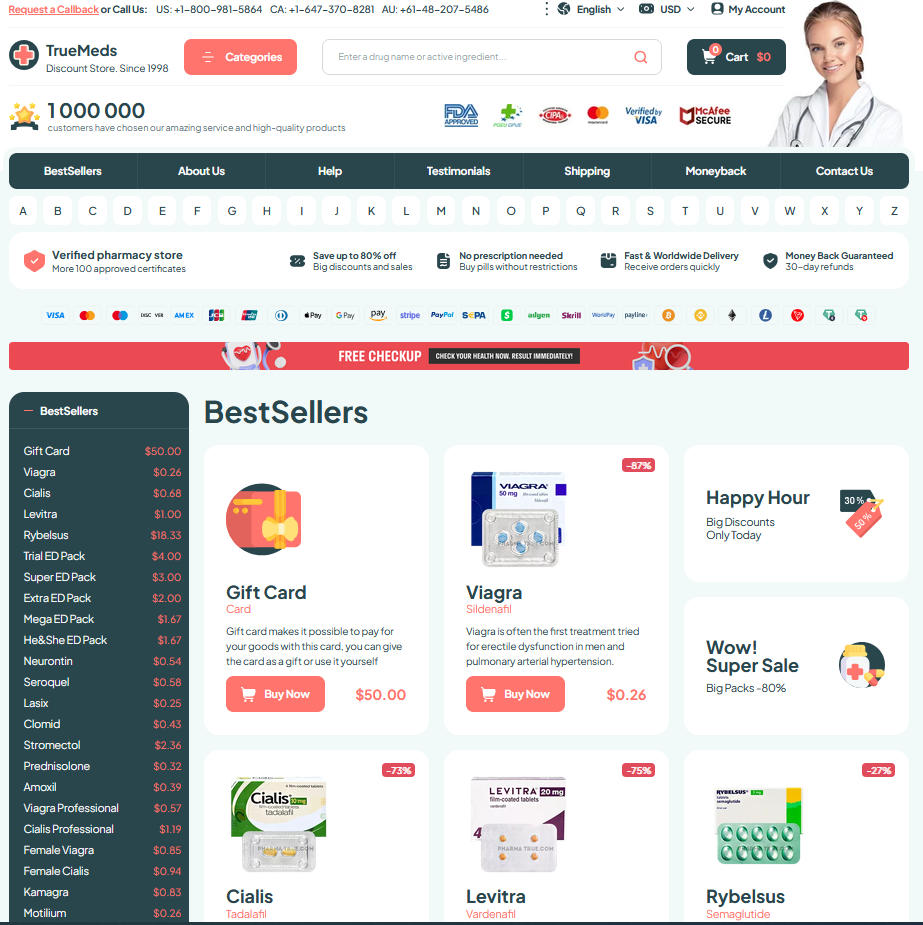 Natural Alternatives to Mobic for Pain Relief
Natural Alternatives to Mobic for Pain Relief
Herbal Remedies That Calm Inflammation Without Drugs
When my knees flared, I turned to tradition: turmeric and ginger brewed into teas that soothed swelling over weeks. Their active compounds, like curcumin, inhibit inflammatory chemicals without the side effects of long-term NSAID use for many people.
Boswellia and willow bark offered a different path, targeting inflammatory pathways with evidence-backed compounds; topical arnica eased surface pain while cayenne warmed tight joints.
Start small, check interactions with medications, and give herbs consistent trials; many people notice gradual improvements in mobility and comfort. Consult a practitioner to tailor safe, effective doses.
Dietary Changes to Reduce Chronic Joint Pain

At breakfast, I swapped pastries for berries, walnuts and oatmeal; a small habit shift that eased morning stiffness within weeks. Omega-3 rich foods and antioxidant-packed produce work quietly, lowering inflammation without relying on drugs like mobic.
Focus on colorful vegetables, oily fish and legumes; these foods supply vitamin C, vitamin E and polyphenols that protect cartilage. Reducing processed sugar and refined grains decreases flare-ups, while maintaining a healthy weight eases joint load.
Consider anti-inflammatory spices like turmeric and ginger in stews and smoothies — curcumin and gingerols have studies supporting modest pain reduction. Talk with your clinician before replacing prescribed meds; dietary shifts complement, not always substitute, therapies.
Start small: one anti-inflammatory meal a day, then build. Track symptoms and energy, and consider a dietitian to tailor choices around medications and conditions, ensuring long-term relief is safe and manageable.
Topical Treatments: Balms, Oils, and Natural Gels
I remember rubbing a cooling salve into stiff knuckles after a long day; the scent of eucalyptus and menthol felt instantly soothing and oddly hopeful enough to linger.
Many topical options—camphor, capsaicin, arnica, and CBD gels—work by reducing local inflammation or blocking pain signals, offering targeted relief without systemic side effects like those experienced with mobic often.
Choose carriers wisely: arnica in a soothing cream for bruises, menthol sprays for quick cooling, and oil-based formulations for deeper massage and joint penetration. Patch-test to prevent skin reactions.
Applied correctly, these rituals replace reliance on pills for many, allowing gentle rubbing during movement while minimizing systemic risks; pair with stretching and consult a clinician for chronic cases.
Mind-body Techniques for Managing Pain Perception

I learned to notice breath and tension, turning fear of flare-ups into curiosity. Simple breathing and guided imagery calm the nervous system, often reducing perceived pain without reaching for mobic.
Mindful movement — slow yoga or tai chi — reconnects body signals, improves balance, and eases stiffness. Practicing short, consistent sessions yields measurable gains in daily function and mood.
Cognitive techniques like acceptance, distraction, and setting small goals reframe suffering; combining these strategies with medical advice can reduce reliance on medications and empower daily coping while improving sleep and resilience over time.
Supplements Backed by Research for Joint Support
After years of stiff mornings, I swapped reliance on meds like mobic for targeted nutrients. Glucosamine with chondroitin and omega‑3s quietly reduce joint inflammation; curcumin delivers potent antioxidant effects. Research suggests combining ingredients and consistent use yields gradual, measurable improvements in pain and mobility overall.
Vitamin D and collagen support cartilage repair, while probiotics may ease inflammation systemically. Dosing varies by individual, so consult a clinician before replacing prescription therapy entirely. Thoughtful combinations, patience, and validated brands often produce safer long‑term results than abrupt medication changes with physician oversight recommended.
| Supplement | Primary Benefit |
|---|---|
| Glucosamine | Supports cartilage |
| Omega-3 | Reduces inflammation |
| Curcumin | Antioxidant, anti-inflammatory |
Daily Movement Routines to Increase Mobility Safely
On slow mornings I begin with five minutes of breathwork and joint warm-ups, imagining hinges easing rather than creaking. Gentle range-of-motion moves—neck rolls, shoulder circles, ankle pumps—restore lubrication and signal the nervous system that movement is safe. These low-load starts cut pain spikes and lower injury risk.
Midday sessions focus on controlled strengthening: mini-squats, hip bridges, and single-leg stands using support as needed. Controlled eccentric work and slow tempo enhance tendon resilience without inflaming joints. Progression is gradual—add reps or reduce support before adding weight—to preserve cartilage and build confidence and joint stability.
Evening routines blend mobility and recovery: gentle yoga flows, foam rolling for tight areas, and fifteen minutes of balance drills to reduce fall risk. Rest, hydration, and sleep quality complete the program—these habits modulate inflammation and pain perception, making medication a choice rather than the only option. MedlinePlus: Meloxicam DailyMed: Meloxicam (Mobic) label
(832) 428-5608
Houston, TX 4101 Greenbriar Dr. Ste. 205K
info@enhancingmassage.com
(832) 428-5608
Houston, TX 4101 Greenbriar Dr. Ste. 205K
info@enhancingmassage.com
(832) 428-5608
Houston, TX 4101 Greenbriar Dr. Ste. 205K
info@enhancingmassage.com